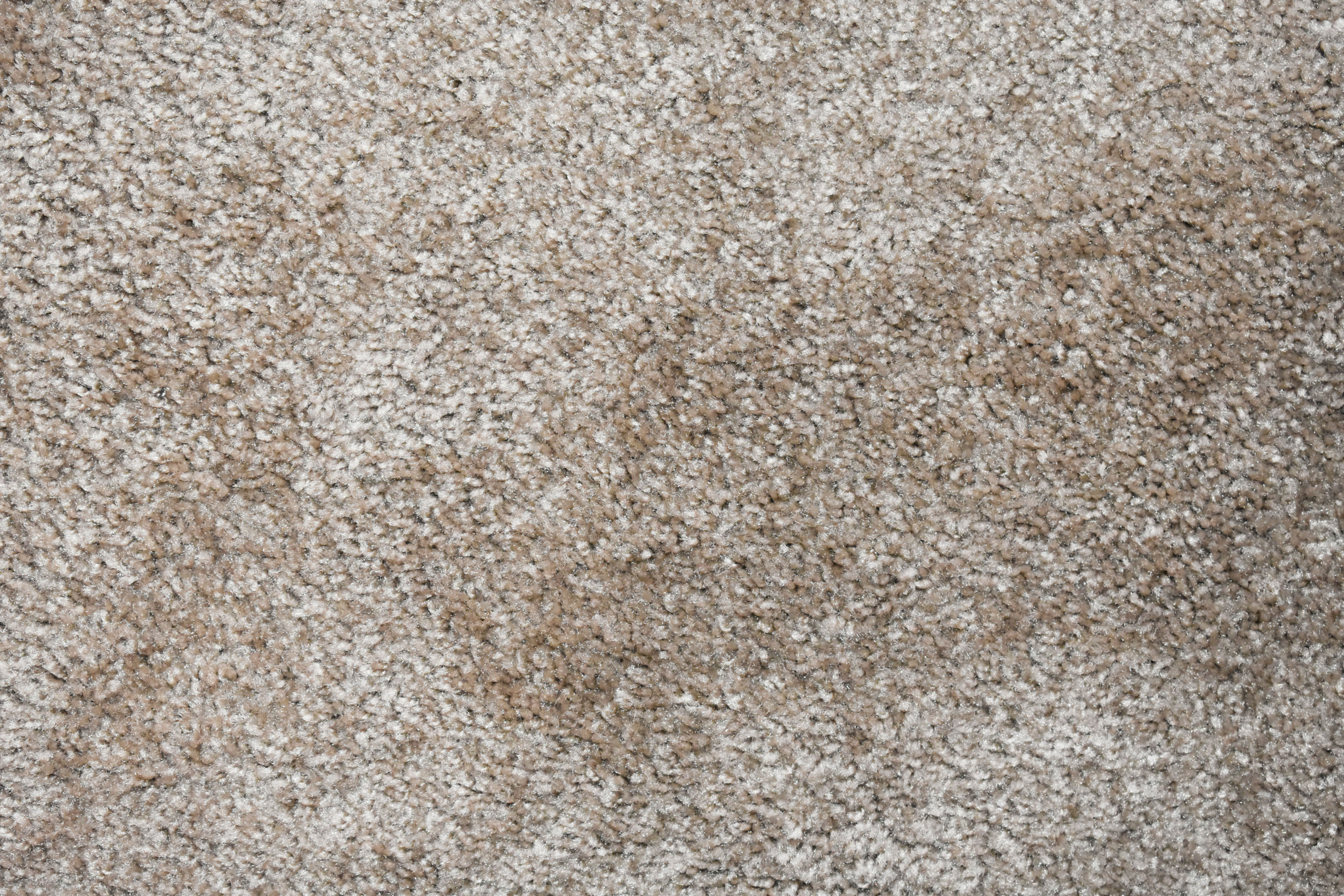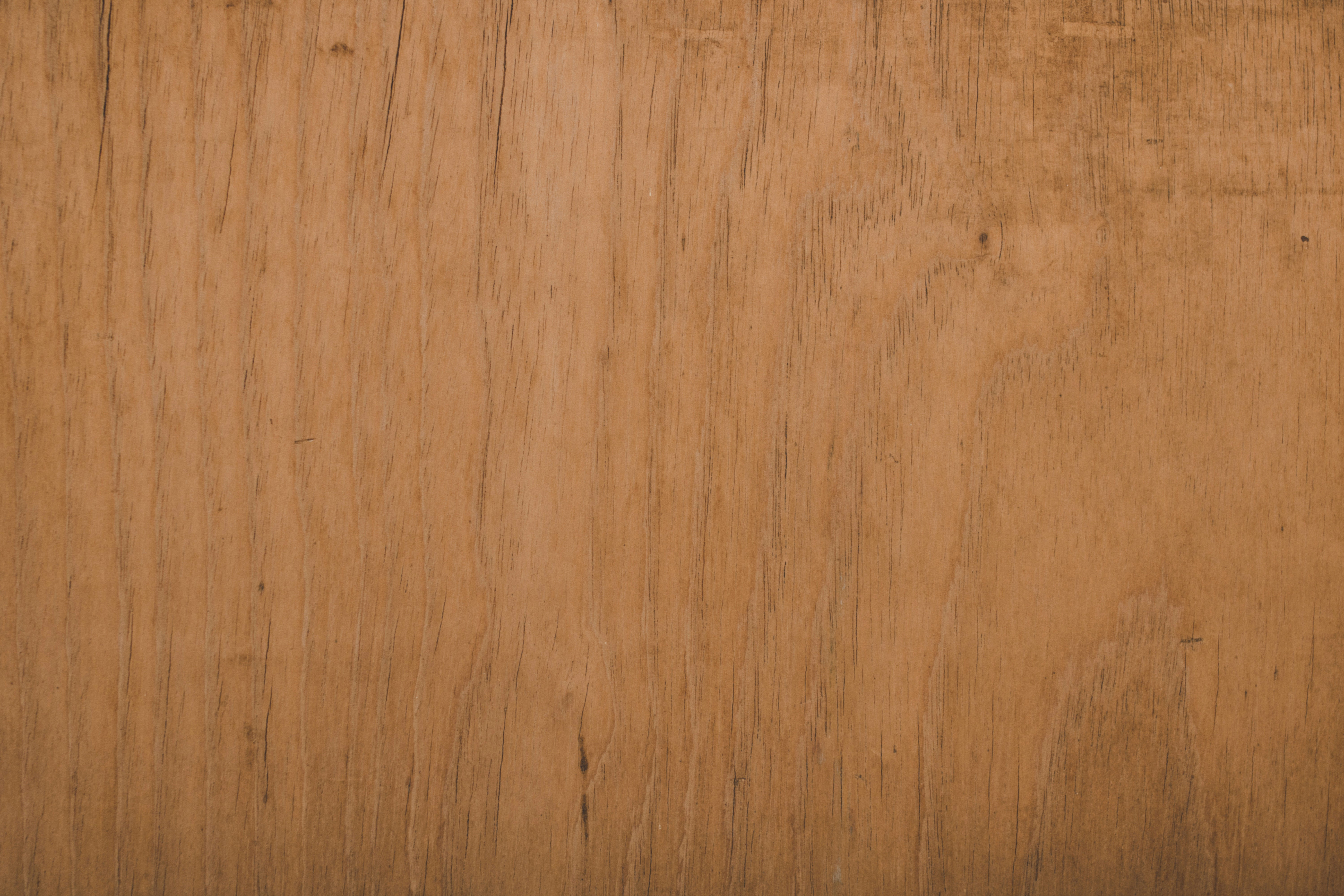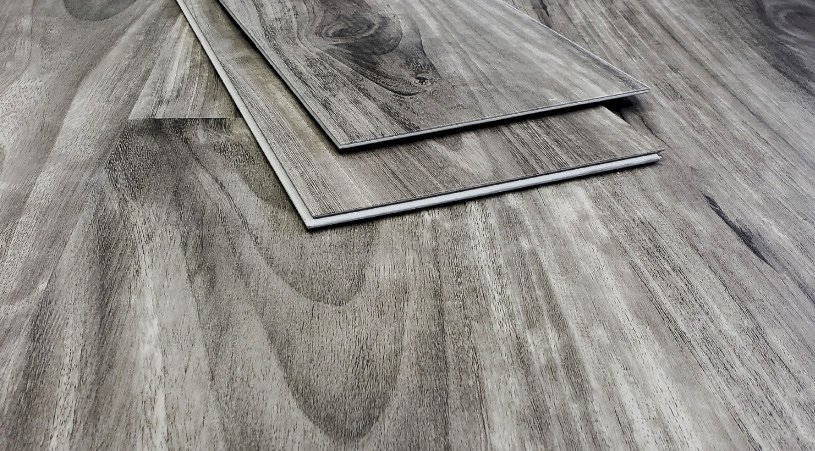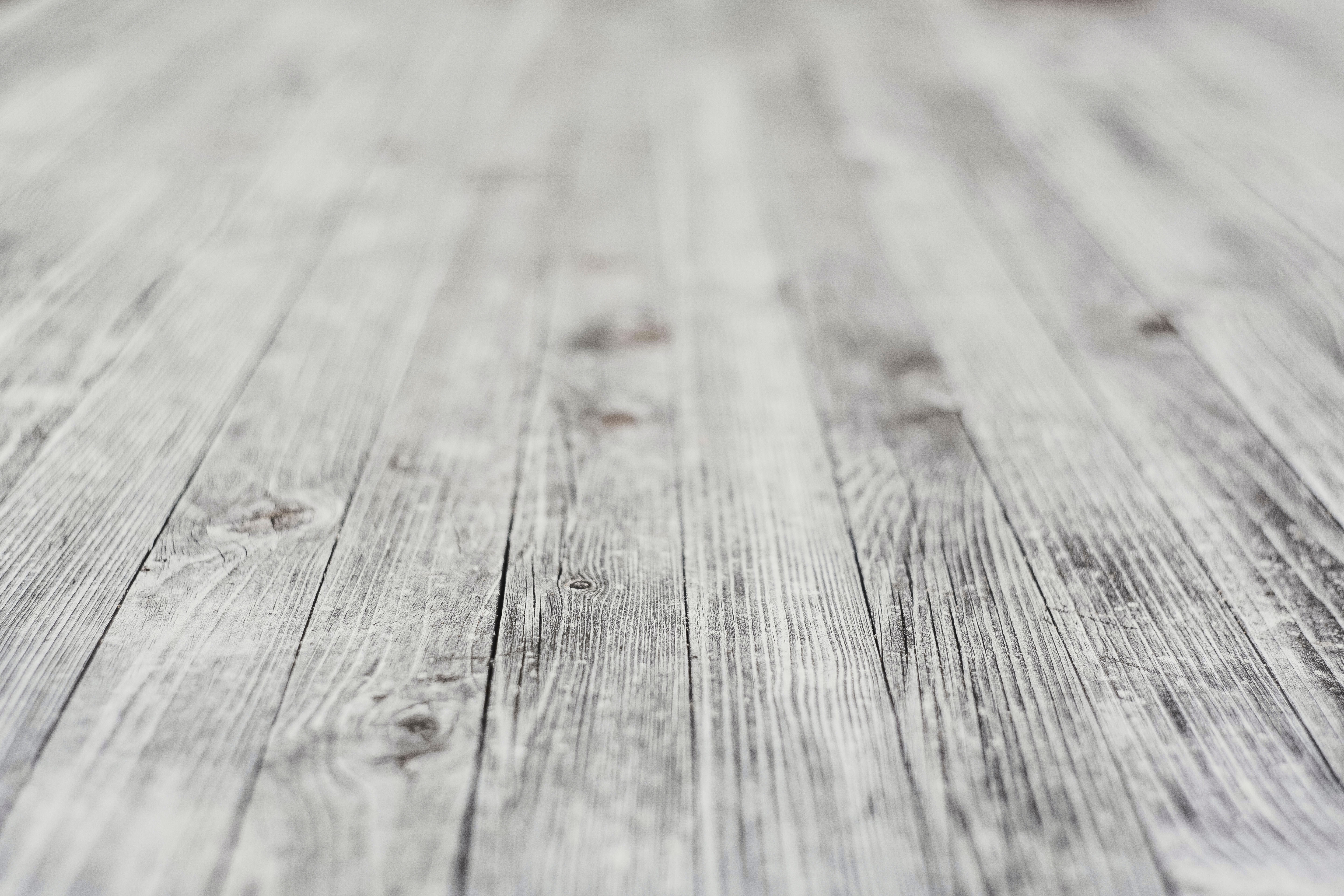Choosing new flooring can be a difficult task. There are many options of flooring to choose from, and each flooring seems to have its own set of rules and types–not to mention the thousands upon thousands of color options to choose from! So if you’re tired of your worn-out carpet, or looking to build a home, here are some helpful hints for choosing the best flooring for you!
Carpet

When it comes to overall comfort and warmth, there isn’t a floor covering out there that beats carpet. Let’s see if carpet is right for you! One of the first things people look for in a carpet is overall comfort. If you’re someone who likes to get down on the floor and play with the kids or wrestle with the dogs, carpet is the way to go. It’s true, you can outfit your hard surface floor with area rugs, but it won’t be quite as soft as a good carpet. In addition, carpet is going to warm up the house by absorbing some of that cold air. This is one reason why putting carpet in a basement is a good idea. In the winter months, basements are often much colder than the rest of the house, but with a few rooms of carpet, that basement will stay warm and inviting.

One of the disadvantages of carpet is the wear patterns that can be seen a few years or even a few months after its installation. Unfortunately, high-traffic areas will matte down, even with high-quality nylon. However, there are a few ways to combat this. First, consider getting a low pile nylon carpet placed on the stairs, hallways, and other high traffic areas. This will reduce the “peak and valley” effect on the carpet. Second, make sure you’re staying on top of the cleanliness of your carpet. When dirt and oils soak into those carpet fibers, the grime becomes too heavy for the fibers to hold up. One professional cleaning every 18 months usually does the trick, but be sure to look into your carpet’s warranty information to see how often you should be vacuuming and cleaning your carpet. Another common misconception about carpet is it traps allergens and germs. It’s true that carpet will hold onto dirt, dust, and hair, but it also holds onto and traps allergens, which could be an advantage to you. Rather than those allergens floating in the air, as they would with a hard surface flooring, those germs stay in the carpet. A good cleaning and regular vacuuming will effectively wash away any allergens.
LVP and Laminate

Laminate took the world by storm about 20 years ago. Finally, a hard surface flooring product that was affordable! Then, about 10 or so years ago, luxury vinyl plank came into town and people are still in awe of its construction. So here are the pros and cons to each. Overall, both products can last anywhere from 10-20 years before you begin to see signs of wear and breakdown. Laminate is tough, durable, and gives off a more natural wood-like feel than any other artificial product. A good laminate will often be mistaken for real hardwood, simply due to its real and natural look. It’s composed of a wood composite material, making it incredibly rigid and hard, but requires an underlayment to prevent moisture from entering its core. Because of this underlayment, laminate is one of the warmest hard surface products you can purchase. Unfortunately, there are a couple of downsides to laminate. First, it is not waterproof. While the surface of the product may be water-resistant, if water interacts with the composite core, it immediately expands and turns to dust, harming the construction of the boards. The boards can then bubble or warp, and repairs can be costly and time-consuming.

LVP is just as tough as laminate, but it’s waterproof. Yes, waterPROOF. In addition, because of the LVP’s locking mechanism, if a board somehow gets damaged even in the middle of a room, you can replace the board without having to deconstruct the flooring. Because it’s a vinyl product, you’ll often find some high variation patterns in LVP that you can’t find in any other product. If you’re looking for a multicolored hard surface floor, LVP is the way to go. Be wary of cheap LVPs, of which there are plenty. Cheaply constructed LVPs can wear and scratch very easily and often look very plastic-like. Opting for a high-quality LVP is well worth it because the additional cost is minimal and the advantages include realistic looks and long-term durability. If you’re wanting hard surface flooring in your home but don’t want to break the budget, laminate or LVP products are perfect for you. Both will hold up quite nicely to kids, pets, and foot traffic. Both are incredibly easy to clean and maintain.
Hardwood and Tile

Of all the products out there, tile and hardwood are the only products that will add immediate value to the home. They are also the most durable products and will never wear out as long as they’re taken care of. Both products are directly adhered to the subfloor, keeping them quiet and immovable. A lot of folks are scared of hardwood simply because of water damage. However, the way hardwood is being constructed and finished today, wood flooring is much more water-resistant than it used to be. In fact, in most cases, it would take a flood to produce serious water damage. Wood requires specialty cleaners, as a wet mop or steam mop can damage the product. Cleaning solutions can be purchased at your neighborhood grocery store and should be applied regularly to keep the wood looking fresh and new. A commonly asked question is, “Does hardwood need to be waxed or sealed?” And the answer: No! Just a simple cleaning will keep the wood at its peak performance level.
Tile can be cleaned with soap and water and is virtually scratch-proof. Nowadays, most manufacturers are even producing tiles that have a wood look to them. Tile is timeless, tough, and will last a lifetime. While we love tile flooring, there are some drawbacks. Tile can be tough and expensive to remove and replace. You also have to deal with pesky grout lines. Both products are incredibly difficult to install and we do recommend using a professional to ensure it’s installed up to the manufacturer’s specifications.
Other Flooring Options

There are a few other products that can be laid on your floor that maybe aren’t as popular as the ones previously mentioned. Sheet vinyl (linoleum) has recently made a comeback and is now being featured more frequently in laundry rooms and bathrooms. It’s inexpensive, tough, and waterproof. It is usually not repairable and wears out quickly. Carpet tiles are a good choice for utility rooms, storage rooms, hobby shops, and garages. While they are generally more expensive than your standard living room carpet, these tiles add some incredible durability and stain resistance. They are also easily replaceable. Some even come in peel-and-stick options, allowing you to move and replace them whenever it’s necessary. From time to time you may even see a product called VCT or vinyl composition tiles. These tiles are a lot like LVP, but are produced in 12x12 squares. Next time you’re in a grocery store or a Walmart, take a peek at the flooring... that’s VCT. VCT is incredibly durable and inexpensive. The looks, however, leave something to be desired.
What Flooring is Best for My Home?
At the end of the day, whatever flooring you should invest in is entirely dependent on your lifestyle. Carpet is plush and comfortable, but if you are interested in something more durable and long-lasting, then hardwood, LVP, or tile may be the right fit for you. If you are looking for an inexpensive floor remodel, maybe go for the LVP, as it is less expensive than wood, easy to install, and waterproof. If it’s an area that will see a lot of water, like a bathroom or mudroom, tile is unmatched in durability. If you want a classy look without breaking the bank, look into laminate. If you ever have questions, BlvdHome has professionals to help you every step of the way.
